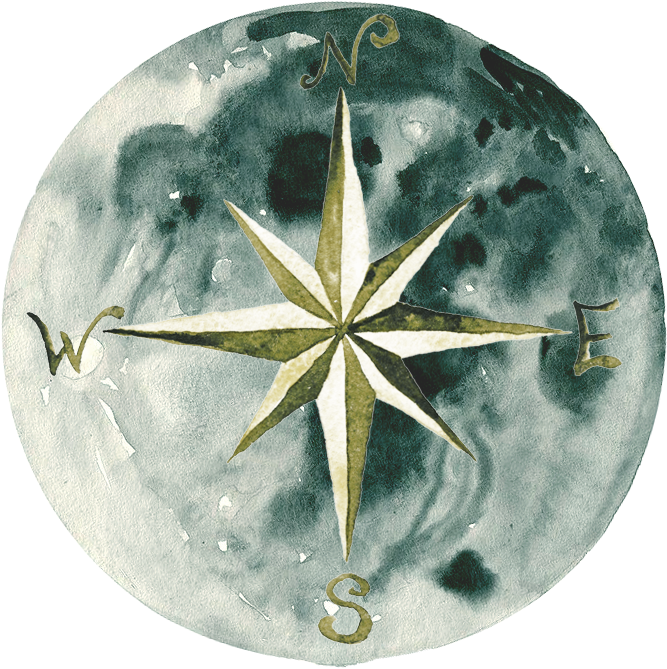Like everywhere else in Israel, Masada has an extensive and interesting history, but it also has a dark and dismal one. One of mass murder and suicide.
Picture this:
The year is 73CE and it’s a warm Spring morning in April.
You’ve been living on some prime real estate in the Judean Desert, with panoramic views of the surrounding mountains, flatlands and the radiant Dead Sea.
Masada is your own little desert mountain paradise.
You’ve got a fair-sized home for you and your spouse, your three kids and the new baby, plus a few chickens and a goat.
There are modern cisterns and filtration systems to capture the rain, food has been flowing in excess and the decor is that of lavish mosaics and frescoes.
Everything is perfect, until you notice a loud commotion from below.
It’s those pesky Roman’s again.
A large Roman legionary and 8000 of his closest friends begin charging the fortress. They have been trying to do so for weeks, but you never took them seriously. You splashed them with water that they so desperately needed on the grips of dehydration and teased them on the verge of death.
You had been rolling large boulders down their silly attempted ramps to destroy progress, but when they started forcing fellow Jewish slaves to do the work, you had to stop.
Finally, their ramps have reached the fortress and there is no way out.
They are going to conquer your desert mountain paradise.
So, what do you do?
Your great leader Ben Yair says we “prefer death before slavery“.
Rocks are drawn in a lottery, and your name is chosen along with nine others.
Yair informs you “these ten men will kill all 960 residents before killing each other, and then the last one remaining will kill themselves”.
One last lottery is drawn among the ten, and you are the last remaining rock.
Oh shit.
Tragically this means everyone and everything. Your neighbours, your best friend, your family–spouse, kids, baby and even the chickens and the goat.
There is no happy ending in Masada.
If you can recover from that depressing story, Masada is a great place to visit.. these days.
The views are unmatched, the buildings are in incredible shape with minor restoration and it is a rewarding way to spend a day in the desert.
After the declaration of the state of Israel in 1948, Masada took on a new significance, symbolising heroism and sacrifice. Newly enlisted soldiers are taken to the desert fortress to swear their oath of allegiance, shouting “Masada will not fall again!”
Tourists wander the dusty plateau, exploring the ruins and learning about the dark past. You are able to ride the cable up and down or take the Snake Path by foot.
Masada is Israel’s most popular paid attraction.
Here are some photos of present day Masada:










—

This trip was made possible by the Israel Ministry of Tourism.
All thoughts and opinions are my own.







Leave a Reply